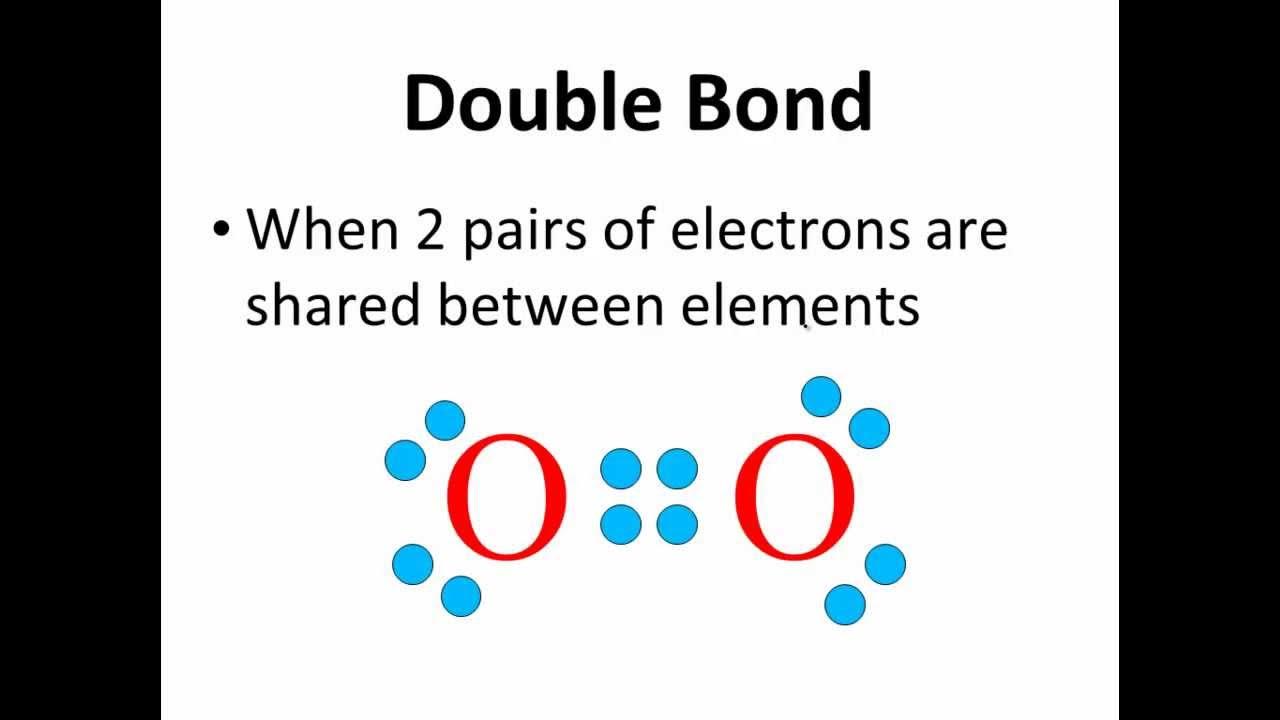Lewis Diagrams Made Easy: How to Draw Lewis Dot Structures
Summary
TLDRIn the video 'Lewis Diagrams Made Easy with Ketzbook,' viewers are guided through the process of drawing Lewis diagrams for atoms and simple molecules. The tutorial begins with determining valence electrons, using chlorine as an example, and progresses to constructing diagrams for elements like hydrogen, carbon, and oxygen. The video explains covalent bonding and how atoms share electrons to achieve a stable electron configuration. It then demonstrates how to draw Lewis diagrams for molecules like H2O and SO3, emphasizing the importance of satisfying the octet rule for non-metals and duet for hydrogen. The steps include counting valence electrons, identifying the central atom, forming bonds, distributing remaining electrons, and adjusting for a full octet or duet. The tutorial is designed to make understanding and creating Lewis diagrams accessible and straightforward.
Takeaways
- 🔍 Chlorine (Cl) has 7 valence electrons, which is determined by its position in the 7th column of the Periodic Table.
- 📐 Lewis diagrams represent valence electrons with dots, arranged in a square around the element symbol with no more than two dots on any side.
- 💡 Non-metal elements aim for a full octet (8 valence electrons), while hydrogen seeks a duet (2 valence electrons).
- 🔗 Covalent bonding in molecules involves sharing electrons to achieve the desired electron count, represented by lines in Lewis diagrams.
- 👫 In H2, two hydrogen atoms share their single electrons to satisfy the duet rule for both.
- 🔵 A double bond in a molecule like O2 represents the sharing of 4 electrons, resulting in each atom having 8 valence electrons.
- 🔴 Triple bonds, as seen in N2, involve the sharing of 6 electrons, also leading to an octet for each nitrogen atom.
- 💧 To draw a Lewis diagram for a molecule like H2O, follow five steps: count valence electrons, determine the central atom, draw single bonds, place remaining electrons as lone pairs, and adjust to achieve octets or duets.
- 🔄 For molecules like SO3, adjust lone pairs to double bonds if necessary to ensure all atoms have a complete octet, making the sulfur atom 'happy' with 8 valence electrons.
- 📝 Practice is key when learning to draw Lewis diagrams, ensuring you can correctly represent the valence electrons and bonding in molecules and ions.
Q & A
How many valence electrons does chlorine have?
-Chlorine has 7 valence electrons, as indicated by its position in the 7th column of the Periodic Table.
How do you represent valence electrons in a Lewis diagram?
-Valence electrons are represented by dots in a Lewis diagram, with no more than two dots on any side of an imaginary square drawn around the element's symbol.
What is the significance of the imaginary square when drawing Lewis diagrams?
-The imaginary square is used as a guide to neatly arrange the dots representing valence electrons around the element's symbol, ensuring no side has more than two dots.
Why do atoms share electrons in covalent bonding?
-Atoms share electrons in covalent bonding to achieve a full octet or duet, which means having 8 valence electrons for non-metals, except for hydrogen which wants 2.
How is the hydrogen molecule represented in a Lewis diagram?
-The hydrogen molecule (H2) is represented by a single line between the two hydrogen atoms, indicating a single bond and two shared electrons.
What is the difference between a lone pair and a bonding pair in a Lewis diagram?
-A lone pair consists of two dots representing non-bonding electrons, while a bonding pair is represented by a line between atoms, indicating shared electrons.
How do you determine the central atom in a molecule for Lewis diagram drawing?
-The central atom is usually the one that is bonded to all other atoms and is often the element that appears only once in the molecular formula.
What is the first step in drawing the Lewis diagram for a molecule?
-The first step is to count all of the valence electrons in the molecule by adding up the valence electrons of each atom present.
How do you distribute the remaining valence electrons after forming single bonds in a Lewis diagram?
-The remaining valence electrons are distributed as lone pairs on the atoms, starting with the central atom and following the octet rule, except for hydrogen which is satisfied with a duet.
What should you do if an atom does not have an octet after placing lone pairs in a Lewis diagram?
-If an atom does not have an octet, you can convert some lone pairs into additional bonds with other atoms to achieve the octet or duet, as seen in the example of sulfur trioxide where a double bond is formed between sulfur and oxygen.
Outlines

此内容仅限付费用户访问。 请升级后访问。
立即升级Mindmap

此内容仅限付费用户访问。 请升级后访问。
立即升级Keywords

此内容仅限付费用户访问。 请升级后访问。
立即升级Highlights

此内容仅限付费用户访问。 请升级后访问。
立即升级Transcripts

此内容仅限付费用户访问。 请升级后访问。
立即升级浏览更多相关视频

Lewis Structures Made Easy: Examples and Tricks for Drawing Lewis Dot Diagrams of Molecules

Grade 11 Lewis Diagrams Chemical Bonding

Molecular Geometry Made Easy: VSEPR Theory and How to Determine the Shape of a Molecule

How To Draw Lewis Structures

Chemical Bonding: Covalent Bonding Lewis Dot Diagrams

Lewis Dot Structures for Covalent Compounds - Part 1 CLEAR & SIMPLE
5.0 / 5 (0 votes)
